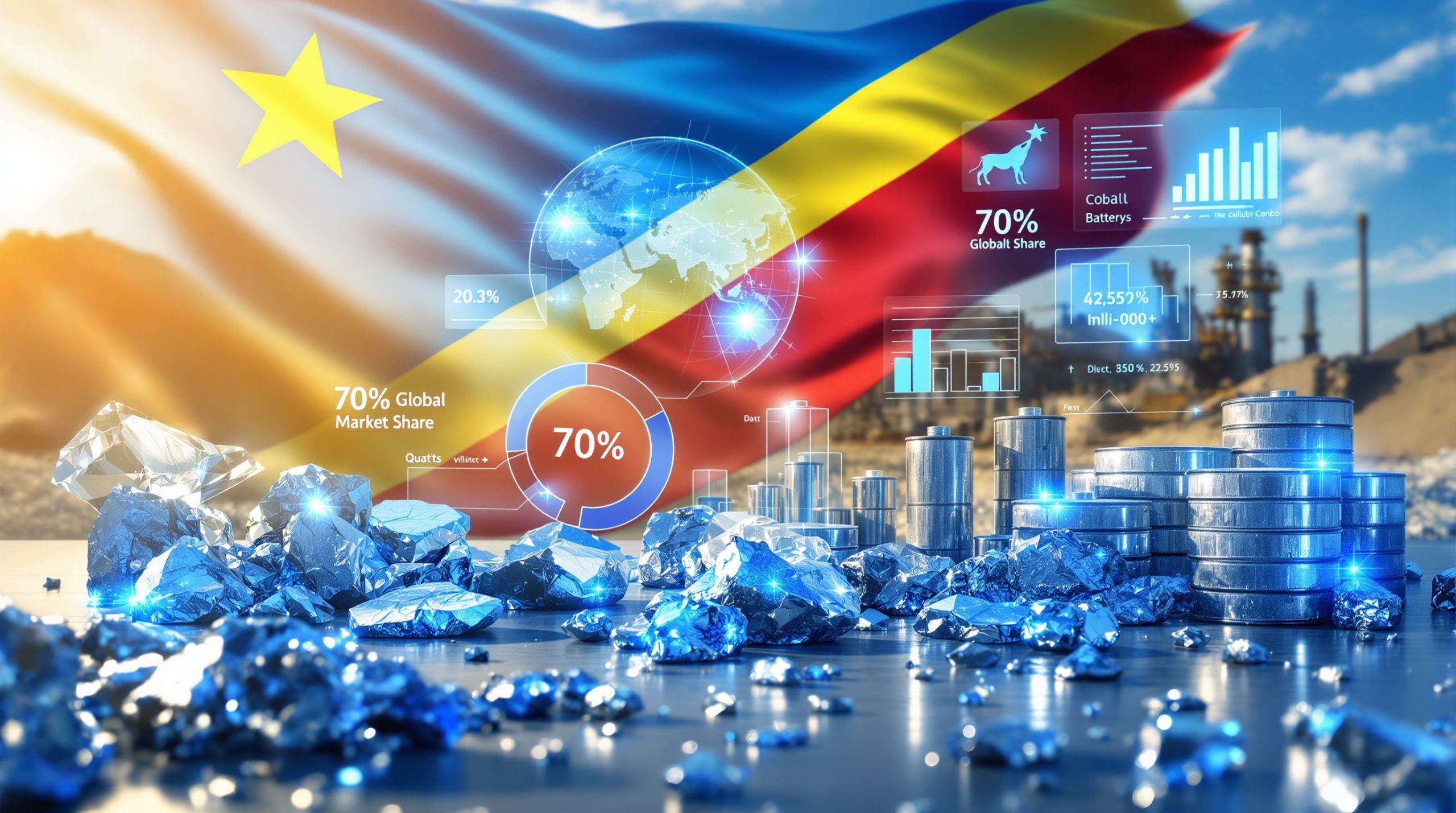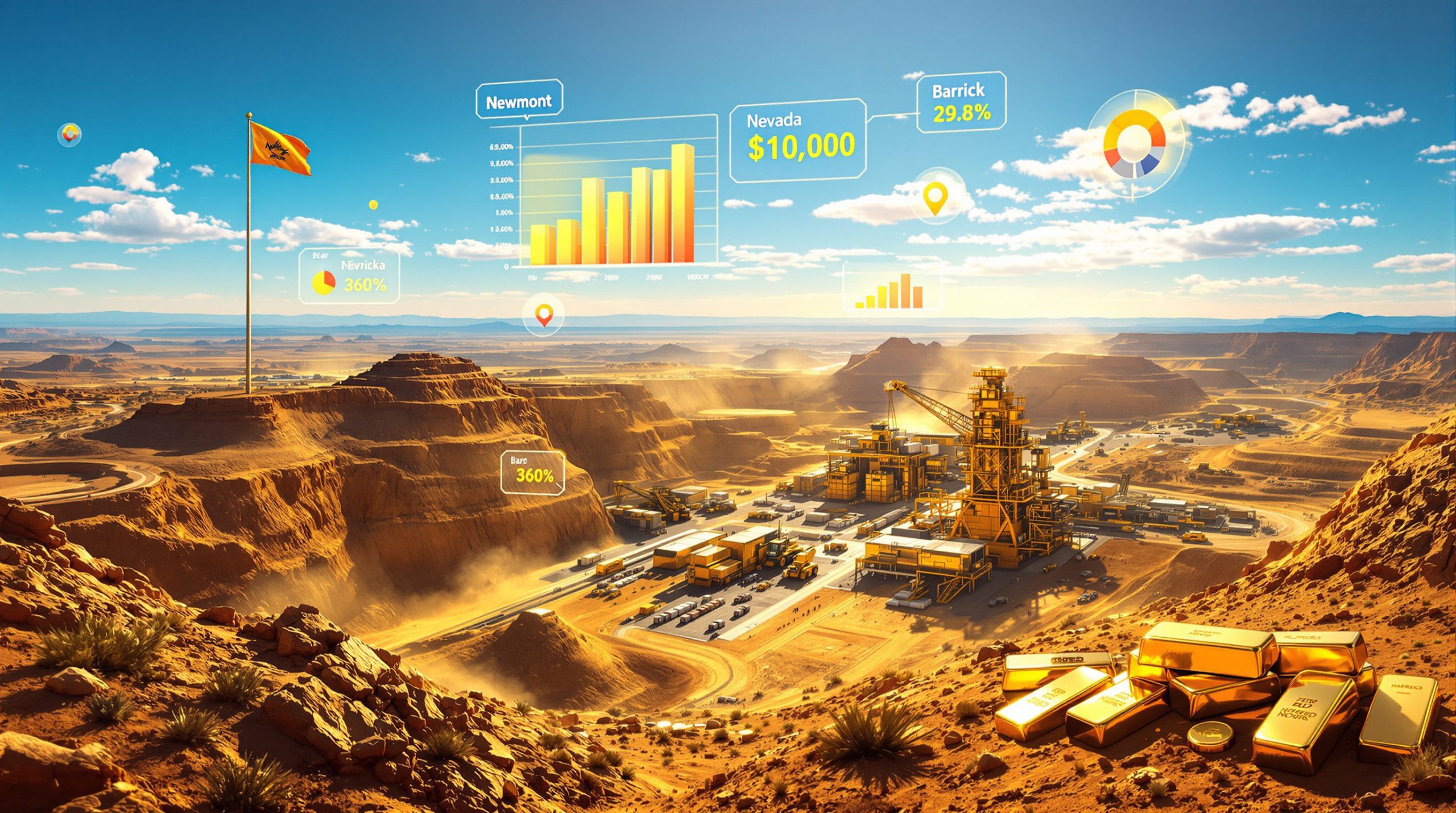What is the Proposed China-Malaysia Rare Earths Refinery Project?
Project Framework and Key Stakeholders
Malaysia's sovereign wealth fund Khazanah Nasional has entered preliminary discussions with a Chinese state-owned enterprise to establish a new rare earths processing facility in Malaysia. This high-profile collaboration represents a significant development in global rare earths supply chains, with both parties exploring technology transfer and resource access arrangements.
While the Malaysian natural resources ministry has confirmed these discussions are underway, officials emphasize that no formal agreements have been reached. Khazanah's Chief Investment Officer Hisham Hamdan has described the talks as "way too early" to confirm specific plans, noting that rare earths are simply among the industries being explored by the fund.
Technological Scope and Processing Capabilities
The proposed facility would be designed to process both light and heavy rare earth elements, making it a comprehensive processing operation. Light rare earths, including elements such as lanthanum, cerium, and neodymium, are primarily used in magnets, catalysts, and glass polishing applications. Heavy rare earths, which include dysprosium, terbium, and yttrium, are critical minerals for advanced electronics, defense applications, and clean energy technologies.
If completed, the facility would likely utilize China's proprietary separation and refining techniques that have been closely guarded trade secrets for decades. This technological transfer represents a major shift in China's approach to its rare earths processing knowledge.
Why is This Rare Earths Partnership Strategically Significant?
China's Policy Departure and Strategic Motivations
This potential collaboration marks a notable reversal of China's long-standing technology export ban in the rare earths sector. For decades, Beijing has protected its processing knowledge to maintain its dominance, with approximately 85% of global rare earths processing capacity under Chinese control.
The strategic shift appears to be motivated by Beijing's desire to secure access to Malaysia's estimated 16.1 million metric tons of rare earth reserves. By offering technology in exchange for resources, China is positioning itself to maintain influence in global rare earths supply chains despite Western nations' ongoing diversification efforts.
This approach also seems designed to limit competition from Australian rival Lynas Rare Earths, which already operates a processing plant in Malaysia's Pahang state.
Malaysia's Resource Development Strategy
Malaysia possesses significant domestic rare earths reserves but lacks the advanced processing technology needed to maximize their value. The government has implemented a policy prohibiting raw rare earths exports to prevent resource depletion, with only one pilot project exception granted in 2022 to establish national operating guidelines.
Through this partnership, Malaysia aims to develop value-added processing capabilities within its national borders, potentially becoming one of the few nations with both Chinese and Western rare earths processing technologies. This dual access would give Malaysia unique positioning in the global rare earths market.
What Challenges Face the China-Malaysia Rare Earths Project?
Supply Chain and Resource Concerns
Multiple sources familiar with the discussions have indicated that Chinese officials are questioning whether Malaysia can supply sufficient raw materials for the proposed plant. This uncertainty about the quality, accessibility, and quantity of Malaysia's rare earth deposits may necessitate additional exploration and resource validation before the project can advance.
The logistical challenges of transporting and processing these materials present another obstacle, requiring significant infrastructure investment and technical expertise to overcome.
Environmental and Regulatory Hurdles
Malaysia maintains a strict stance against mining in permanent forest reserves and water catchment areas, reflecting environmental concerns from previous rare earths processing operations. The regulatory framework requires approvals from both state and federal authorities, creating a complex dual approval system.
Public perception challenges stemming from historical environmental controversies with rare earths processing in Malaysia could also generate resistance to the project. Previous operations have faced criticism over waste management and environmental impact issues.
How Does This Project Impact Global Rare Earths Competition?
Australian Competitor Positioning
Lynas Rare Earths, the world's largest rare earths producer outside China, already operates a processing facility in Pahang, Malaysia. In May 2025, Lynas signed an agreement with Malaysia's eastern state of Kelantan for future supply of mixed rare earths carbonate, strengthening its position in the region.
The china and malaysia rare earths refinery project appears partially designed to limit Lynas' regional influence and maintain China's dominant market position. This creates intensifying competitive dynamics between Western-aligned and Chinese-aligned supply chains in Southeast Asia.
Global Supply Diversification Efforts
Western manufacturers have been scrambling to secure alternative supplies of rare earths following Beijing's export restrictions in 2025, which caused production delays for major automakers and magnet producers. The United States, Europe, and Japan have been actively developing alternative supply chains to reduce dependence on Chinese rare earths.
This project could either reinforce China's market dominance by extending its technological influence or potentially complicate the global supply picture by creating a new source of processed rare earths with mixed allegiances. The ultimate impact depends on how the technology transfer and operational control are structured.
What Are the Broader Geopolitical Implications?
Technology Transfer Considerations
According to Malaysia's Natural Resources Minister Johari Abdul Ghani, President Xi Jinping has requested that cooperation be restricted to state-linked companies to protect Chinese trade secrets. This suggests a carefully controlled technology sharing approach rather than comprehensive knowledge transfer.
This strategic balance aims to gain resource access while maintaining China's technological advantage in the global rare earths processing sector. The selective nature of the technology transfer will have significant implications for the global distribution of rare earths processing knowledge.
Regional Economic Impact
A successful rare earths processing facility could create substantial job opportunities and economic development in Malaysia's mining sector. The project would bring valuable skills development, technology transfer benefits, and potentially downstream manufacturing opportunities throughout Southeast Asia.
If successful, the initiative could position Malaysia as a critical minerals reserve hub in the region, enhancing its economic importance and geopolitical influence. The development of local expertise in rare earths processing would create long-term economic advantages beyond the immediate project.
How Might This Partnership Evolve?
Development Timeline and Milestones
Current discussions remain in preliminary stages, with no formal agreements reached between the parties. Before advancing, the project would require comprehensive feasibility studies and environmental impact assessments to address regulatory and technical concerns.
The regulatory review periods for complex mining projects typically extend several months to years, suggesting a gradual implementation approach if the project receives approval. The 2022 pilot project for rare earths extraction could provide a model for how this larger initiative might proceed.
Future Expansion Possibilities
Beyond the initial facility, the framework established by this partnership could support additional processing capacity in the future. As relationships and technical capabilities develop, there may be opportunities for downstream manufacturing of rare earth-based products within Malaysia.
Research and development collaboration between Chinese and Malaysian entities could further enhance the partnership's value, potentially integrating with broader regional rare earths supply chains. This long-term perspective suggests the project could evolve into a cornerstone of regional mineral processing.
What Does This Mean for Global Rare Earths Markets?
Supply-Demand Dynamics
Global rare earths demand continues to grow with the expansion of clean energy technologies, electric vehicles, and advanced electronics. Heavy rare earth elements face particular supply pressures due to their limited availability and critical importance in emerging technologies.
This china and malaysia rare earths refinery project could help stabilize or potentially disrupt current market pricing mechanisms, depending on its production capacity and market focus. The impact on rare earths pricing and availability for international buyers will depend on how the output is distributed and marketed.
Investment Implications
The China-Malaysia partnership could significantly affect publicly traded rare earths companies worldwide, potentially triggering investor reassessment of non-Chinese rare earths projects. Capital allocation shifts in the critical minerals strategy sector may follow as markets interpret the strategic implications of this cooperation.
For investors in the rare earths space, the development represents both a risk to existing alternative suppliers and a potential opportunity as global demand continues to outpace supply for certain elements. The long-term implications for mining and processing investments extend beyond Malaysia to projects worldwide.
FAQ: China-Malaysia Rare Earths Collaboration
How does this project affect global rare earths supply security?
The China-Malaysia partnership introduces both opportunities and challenges for global supply security. While it could increase overall processing capacity, the Chinese technological influence may limit true supply diversification. The outcome depends on Malaysia's ability to maintain operational independence while benefiting from Chinese expertise.
For global manufacturers, this represents a complex development that could either increase available supply or further consolidate Chinese influence over critical materials through a new geographic location.
What environmental safeguards will be implemented?
Malaysia has strengthened its regulatory framework following previous environmental controversies with rare earths processing. Any new facility would face rigorous environmental impact assessments and waste management requirements.
The dual approval system from both state and federal authorities creates multiple layers of environmental oversight. Modern processing technologies typically incorporate significantly improved environmental controls compared to older operations that previously caused concerns.
How does this affect Western efforts to reduce dependence on Chinese rare earths?
The project potentially complicates Western diversification strategies by extending China's processing influence to Malaysia's untapped reserves. However, it may also accelerate Western investments in alternative sources and technologies as competition intensifies.
The ultimate impact depends on whether the china and malaysia rare earths refinery project primarily serves Chinese interests or becomes a more independent global supplier. Western nations will likely increase support for their own rare earths projects in response to this development, particularly in light of US-China trade tensions and Trump's minerals order.
What rare earth elements are most critical in this partnership?
Heavy rare earth elements like dysprosium, terbium, and yttrium are likely the highest priority elements in this collaboration due to their limited global supply and critical importance in high-technology applications. These elements face potential supply shortages amid growing demand from clean energy and defense sectors.
Malaysia's geological formations potentially contain significant heavy rare earth deposits that remain underdeveloped, making them particularly valuable in this partnership context. The processing capabilities for these elements would be especially strategically important.
Looking to Capitalise on the Next Major Mineral Discovery?
Discover how significant mineral finds like rare earth elements can generate substantial returns by exploring Discovery Alert's dedicated discoveries page at https://discoveryalert.com.au/discoveries/, where real-time alerts powered by the proprietary Discovery IQ model transform complex mineral data into actionable investment insights.




